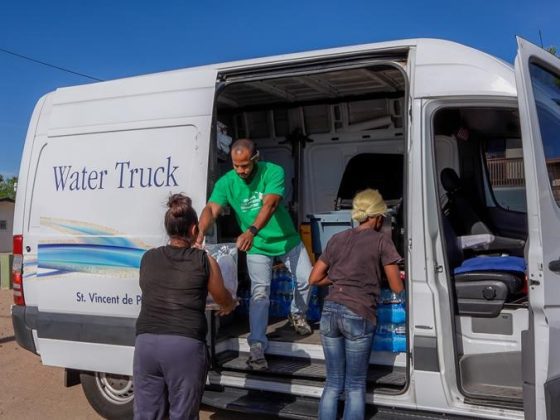Besides responding to natural and manmade disasters, the role of Disaster Services Corporation (DSC) is to educate SVdP Councils and Conferences about different types of severe weather. Per the Center for Disease Control and Prevention (CDC), high temperatures kill hundreds of people every year. Heat-related deaths and illness are preventable, yet more than 700 people die from extreme heat every year in the United States and more than 7,000 are hospitalized due to heat-related illnesses.
Those who are at highest risk include, people 65 and older, children younger than two, and people with chronic diseases or mental illness.
Closely monitor people who depend on you for their care and ask these questions:
- Are they drinking enough water?
- Do they have access to air conditioning?
- Do they need help keeping cool?
People at greatest risk for heat-related illness can take the following protective actions to prevent illness or death:
- Stay in air-conditioned buildings as much as you can. Air-conditioning is the number one way to protect yourself against heat-related illness and death. If your home is not air-conditioned, reduce your risk for heat-related illness by spending time in public facilities that are air-conditioned and using air conditioning in vehicles. Contact your local health department or locate an air-conditioned shelter in your area.
- Do not rely on a fan as your main cooling device during an extreme heat event.
- Drink more water than usual and don’t wait until you’re thirsty to drink.
- Check on a friend or neighbor and have someone do the same for you.
Even young and healthy people can get sick from the heat if they participate in strenuous physical activities during hot weather:
- Limit your outdoor activity, especially midday when the sun is hottest.
- Wear and reapply sunscreen as indicated on the package.
- Pace your activity. Start activities slow and pick up the pace gradually.
Is your Council or Conference looking to assist families that have been impacted by a Hurricane? Contact us and see how you can help.
Please follow us at:
www.svdpdisaster.org
Twitter @svdpusadisaster
Facebook @DisasterServicesCorp.


